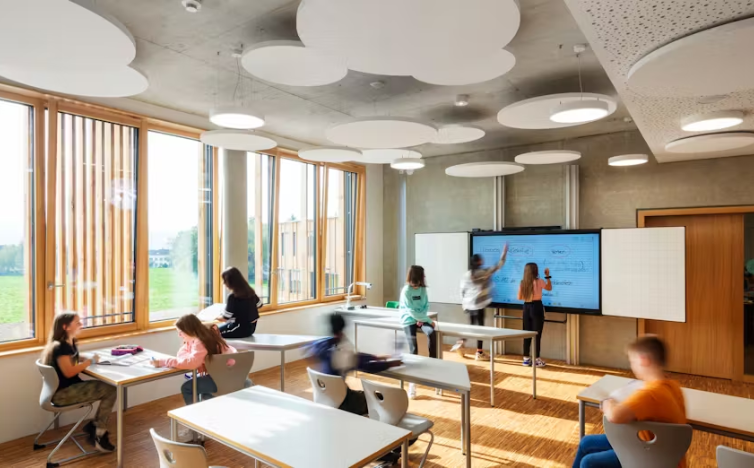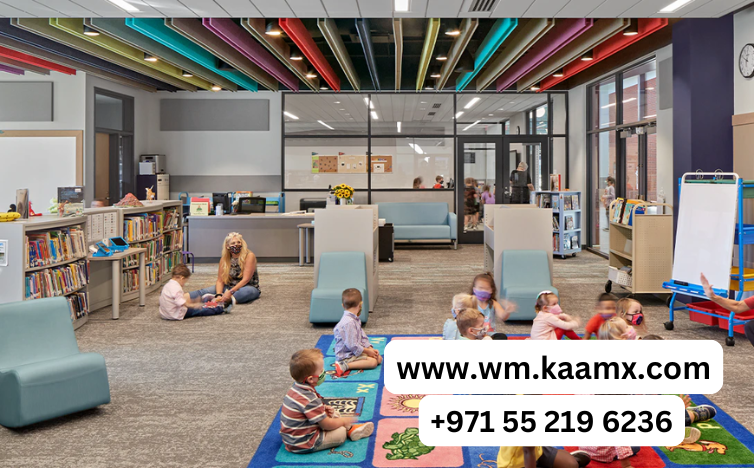Acoustics play a crucial role in shaping the learning environment, yet they are often overlooked in educational design. Effective sound management can significantly impact students’ ability to concentrate, understand, and retain information. This article explores the importance of acoustics in education and how optimizing sound environments can enhance learning outcomes.
The Impact of Poor Acoustics on Education
Poor acoustics in classrooms can lead to a host of challenges for both students and teachers. Background noise, echoes, and inadequate sound insulation can make it difficult for students to hear and understand lessons. This is particularly problematic for younger children, non-native speakers, and students with hearing impairments. Studies have shown that excessive noise levels can reduce comprehension, increase fatigue, and even lead to behavioral issues. Addressing these acoustic challenges is essential for creating an inclusive and effective learning environment.
Benefits of Optimal Acoustics in Classrooms
When classrooms are designed with proper acoustics, the benefits are profound. Clear and intelligible speech allows students to follow lessons more easily, improving their engagement and participation. Teachers can communicate more effectively without straining their voices, leading to a more productive teaching experience. Additionally, well-managed acoustics can reduce stress levels for both students and educators, fostering a calmer and more focused atmosphere. These improvements contribute to better academic performance and overall well-being.

Key Acoustic Design Considerations
To create an optimal acoustic environment, several factors must be considered. Sound-absorbing materials, such as acoustic panels and carpets, can minimize echoes and background noise. Proper classroom layout, including the placement of speakers and seating arrangements, can also enhance sound distribution. Additionally, schools should invest in soundproofing measures to block external noise from entering classrooms. By prioritizing these design elements, educational institutions can create spaces that support effective learning.
Acoustics and Inclusivity in Education
Effective acoustics are particularly important for ensuring inclusivity in education. Students with hearing impairments, learning disabilities, or those who are non-native speakers often struggle in noisy environments. By optimizing acoustics, schools can create a more equitable learning experience for all students. This not only supports academic success but also promotes a sense of belonging and confidence among learners.
Contact Muhammad Shaheen Carpentry at 971 55 219 6236, and discover the transformative science of soundproofing for your space.
Conclusion
The importance of acoustics in education cannot be overstated. A well-designed acoustic environment enhances comprehension, reduces stress, and fosters inclusivity, ultimately leading to better learning outcomes. As schools continue to prioritize student success, investing in effective acoustic solutions should be a key consideration. By doing so, educators can create spaces where every student has the opportunity to thrive.

